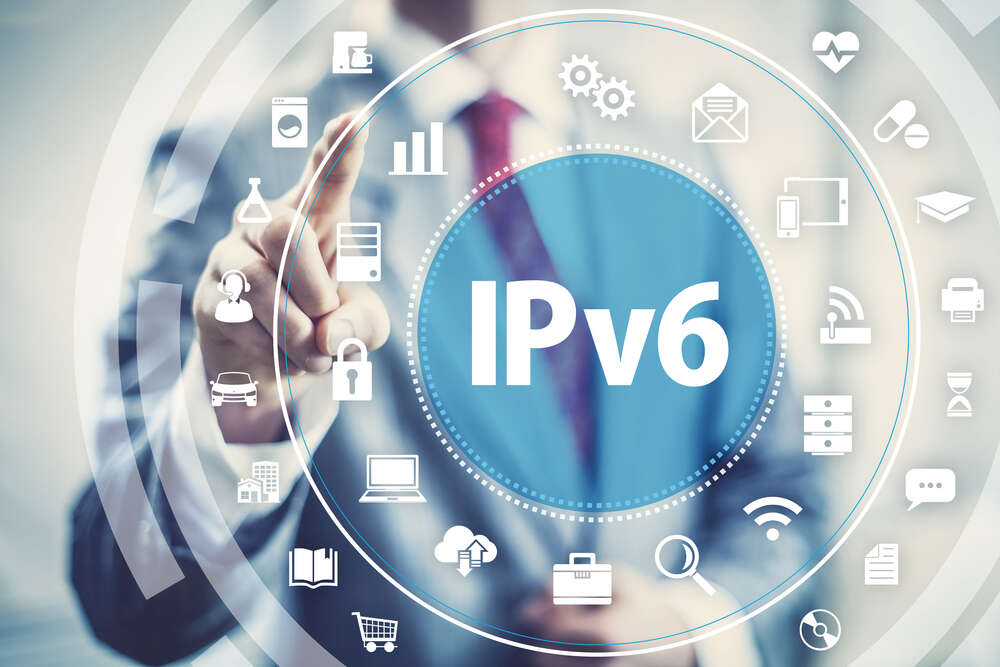
IPv6, the latest version of the internet communications protocol could be key to unlocking the potential of the digital economy for communities and societies around the world. Connectivity is essential to the success of the digital economy, as it is estimated that the number of devices connected to IP networks will be more than three times the global population by next year.

Earlier this month, more than 1,400 experts from all over the world gathered for the 115th IETF meeting in London. One of the key topics discussed was how to maximise the opportunities that IPv6 can offer.
Co-operation drives IPv6 promotion and innovation
During the event, IETF (Internet Engineering Task Force) and ETSI IPE (IPv6 Enhanced Innovations) held a productive meeting which highlighted three key facts.
Firstly, both parties emphasised and recognised that ETSI IPE’s work is complementing the IETF’s objectives, by collecting requirements from industry use cases with the aim of incentivising the adoption of IETF protocols. Secondly, ETSI IPE is helping to increase awareness and the deployment of the IPv6 standard. Finally, IPv6 is helping to accelerate digital transformation. Working together in this constructive way is a model that IETF and ETSI IPE participants welcomed and encouraged.
Following the meeting it was clear that reliable connectivity is a major challenge for many industries, particularly where the application sits remotely from the end user, such as in industrial settings. Autonomous vehicles and healthcare settings are also dependent on constant connectivity to ensure public safety.
IPv6 is becoming a basic ingredient networks use to meet performance requirements, support the growing number of connected Internet of Things devices, and match the demand coming from services like 5G. In order to underpin enterprise’s move to the cloud and wider digital transformation, IP networks need to introduce innovative technologies like segment routing on IPv6 and IPv6 for IoT.
How UK businesses should implement IPv6
Ofcom, the UK’s telecoms and media regulator, properly highlighted those concepts in its Internet Futures paper from July 2021, arguing that IPv6 should have more adoption and enhancements. The paper mentions that IPv6 continues to receive enhancements and optimisation by the IETF. Segment routing over IPv6 is a solution for IP backbones and datacentres and beyond. Governments around the world are providing guidance and implementing policies to move both the private and public sectors onto IPv6. The US government has introduced a policy mandating 80% of government offices must use IPv6 only by 2025.
A recent update received by the UK IPv6 Council showed a rapid increase in the deployment of IPv6. Major UK broadband providers such as BT and Sky have reached 43% IPv6 penetration, putting them among the top players in the world and enabling the move to a widespread digital transformation in all sectors.
As a future-proof technology for digital transformation, IPv6 enables the creation of new services and the expansion of existing ones. It delivers effective competition, allowing new entrants to the market to compete on a level playing field. It may be possible to postpone the transition to IPv6, but it is not possible to cancel it. Therefore, it is better to plan for the transition as early as possible to reduce unnecessary investment. Any hardware refresh cycle should bring only IPv6-ready devices, and set IPv6 as the preferred option.
ETSI IPE and IETF will continue to promote best practice and showcase the benefits of IPv6, and plan to hold regular meetings to ensure their collaboration continues to be fruitful. This is an important time for the adoption of IPv6, and by working together the organisations hope to accelerate the UK’s digital transformation.
- Latif Ladid is chair of ETSI IPE, president of IPv6 Forum and a researcher at Luxembourg University







